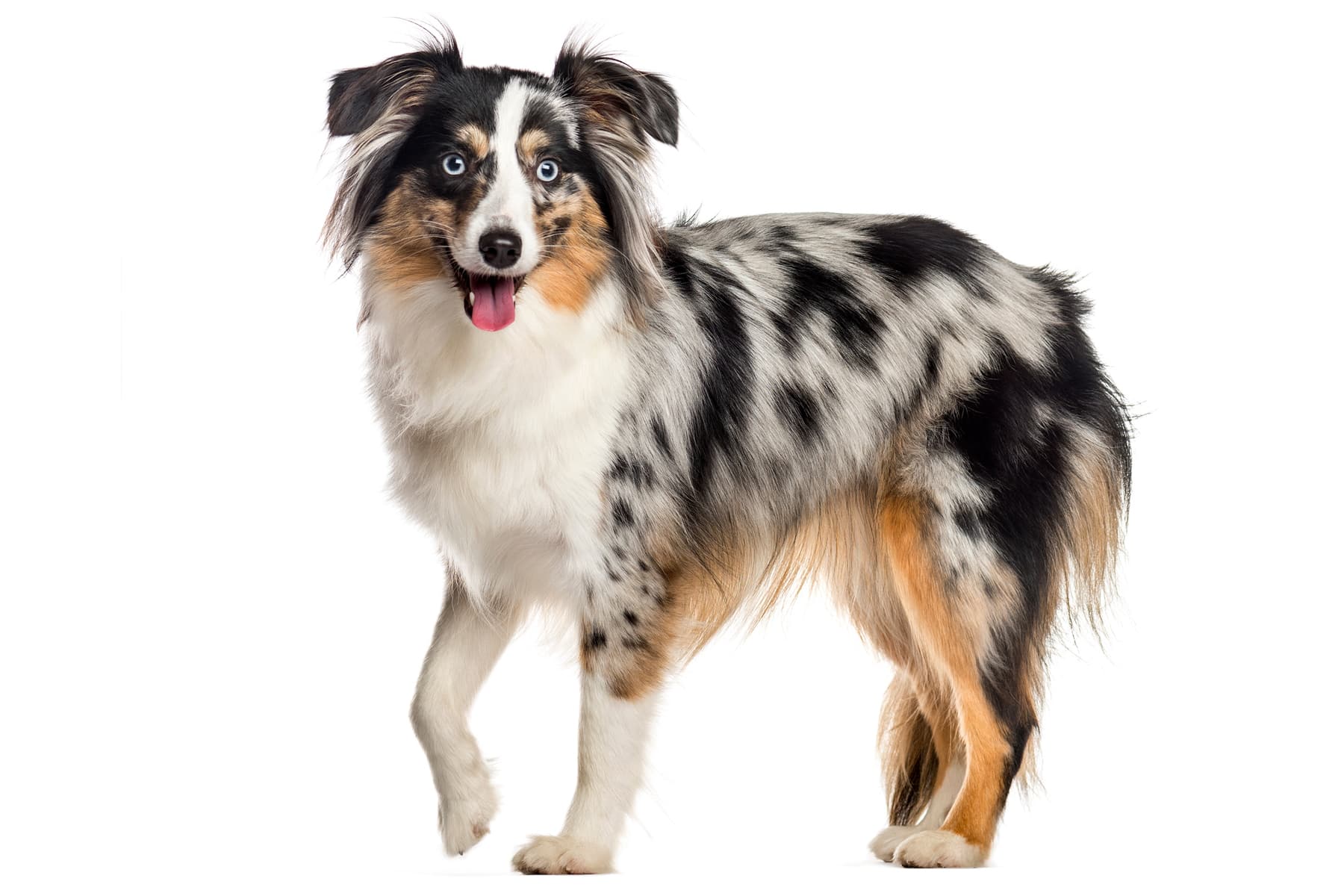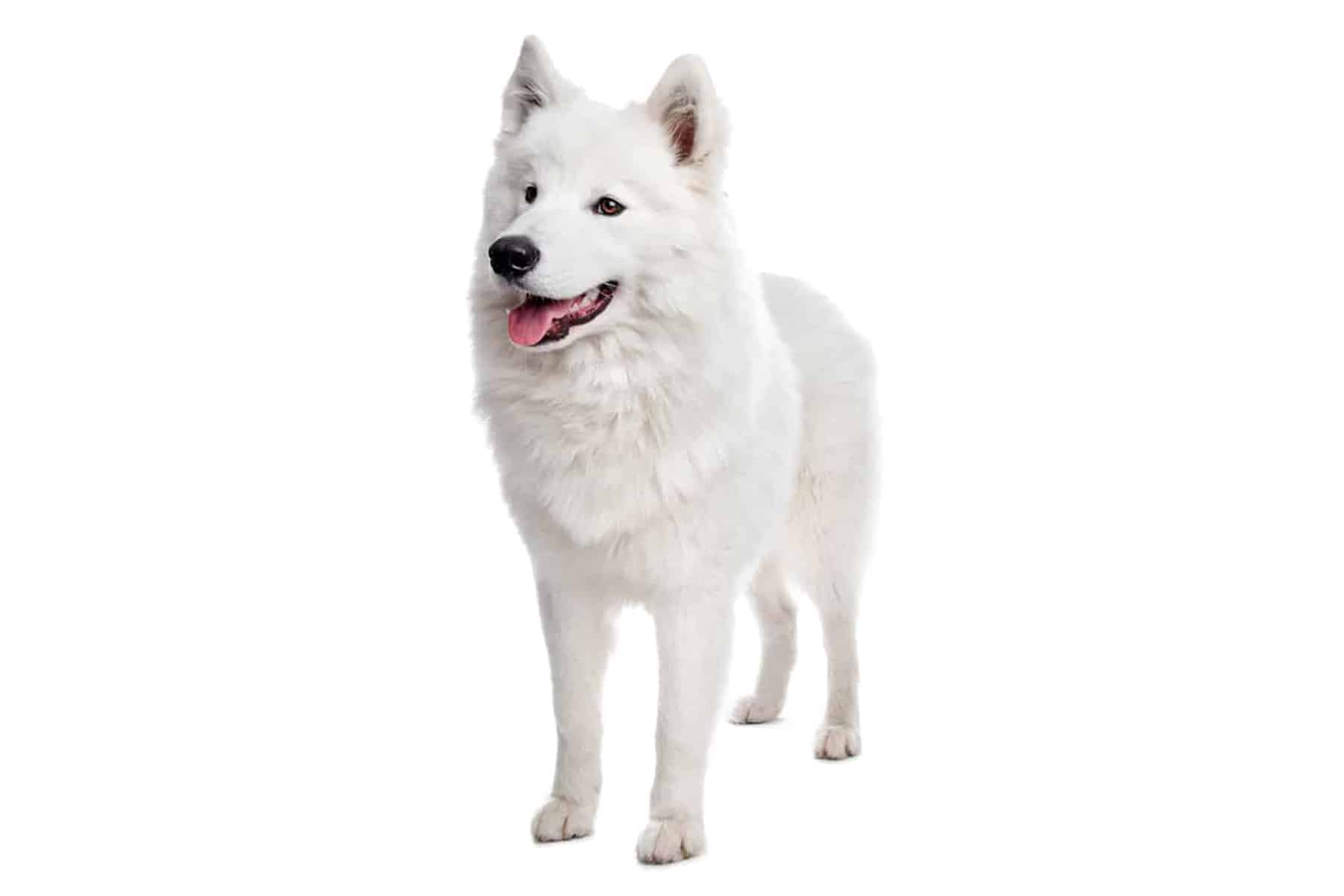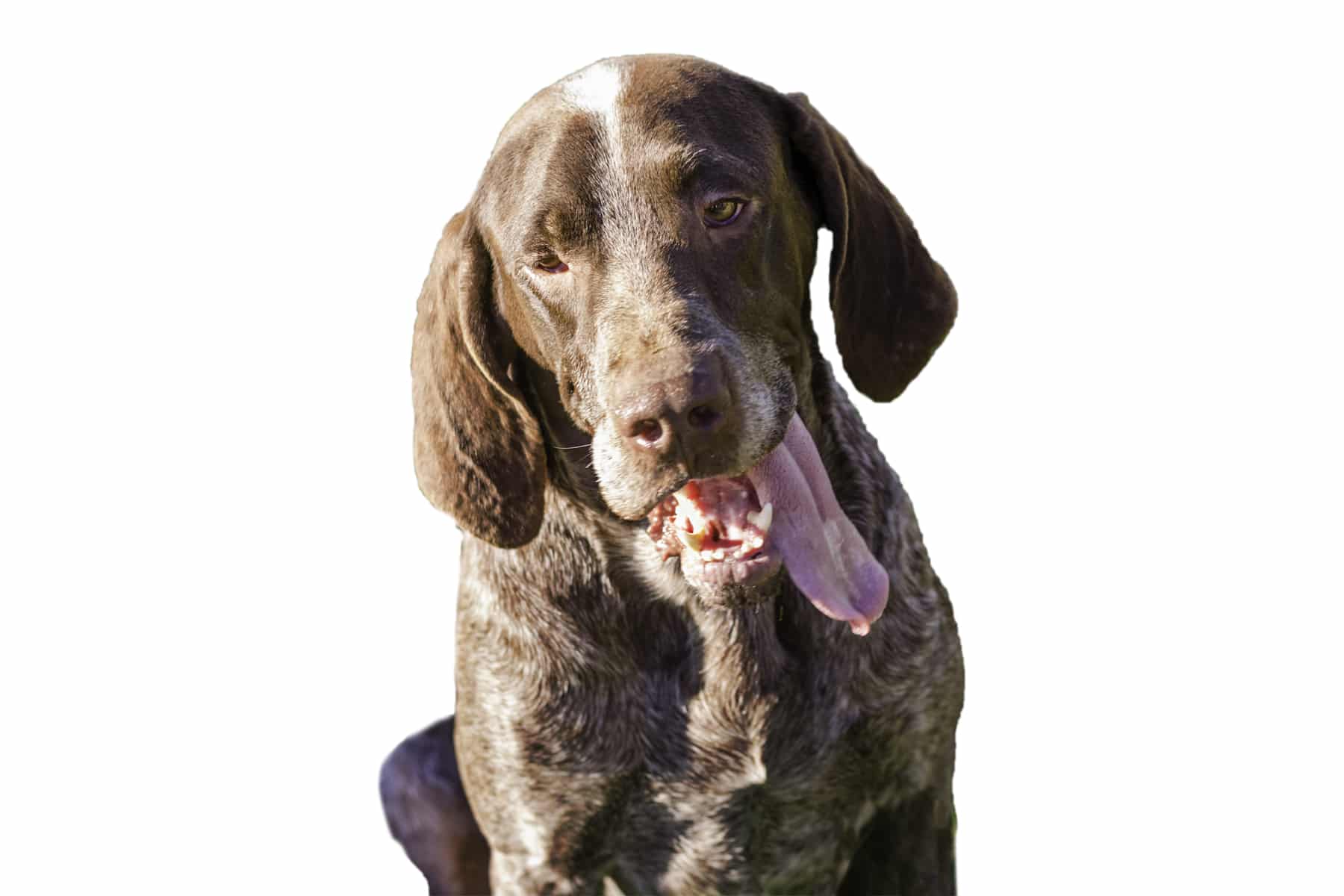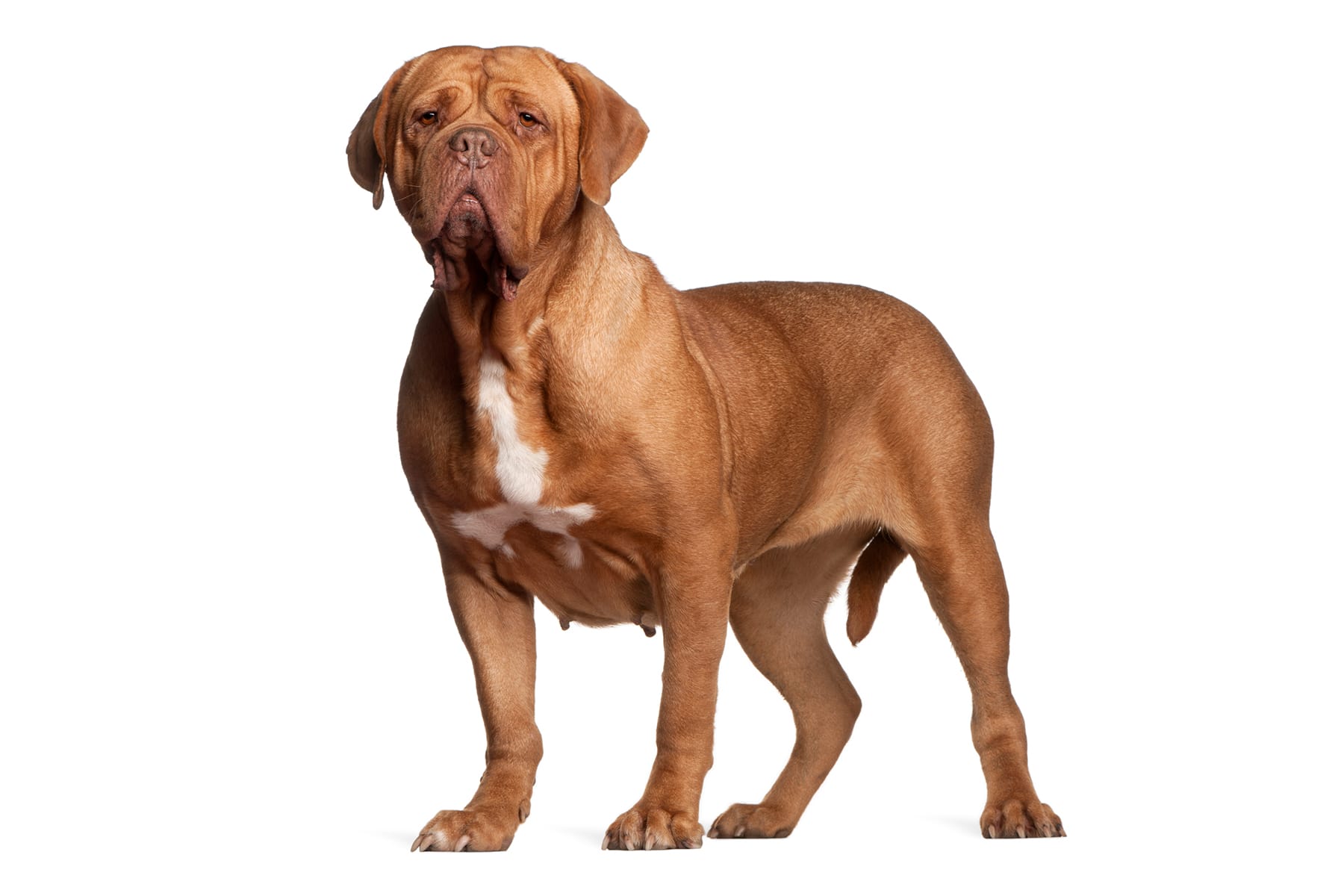Bobtail (Old English Sheepdog)
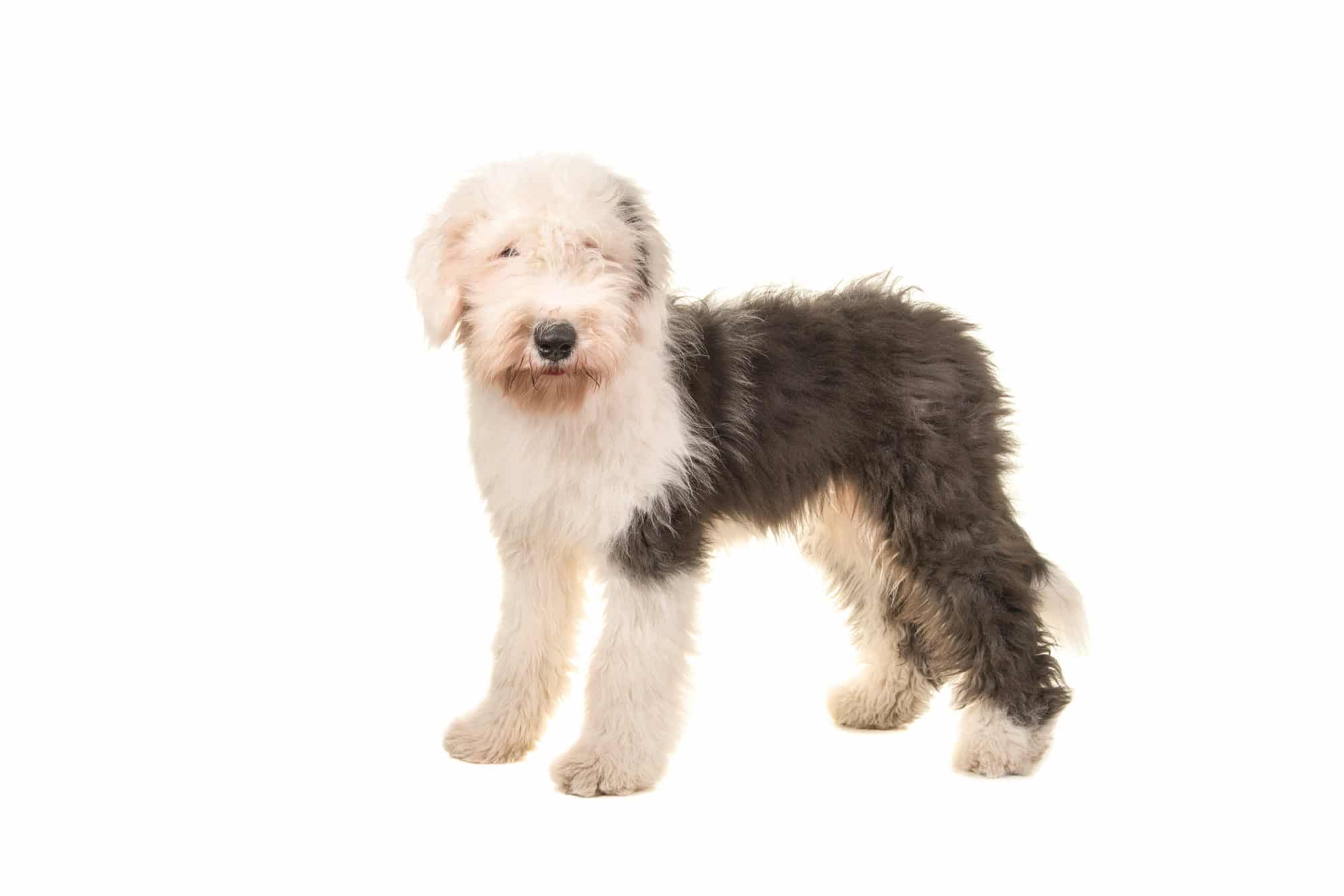
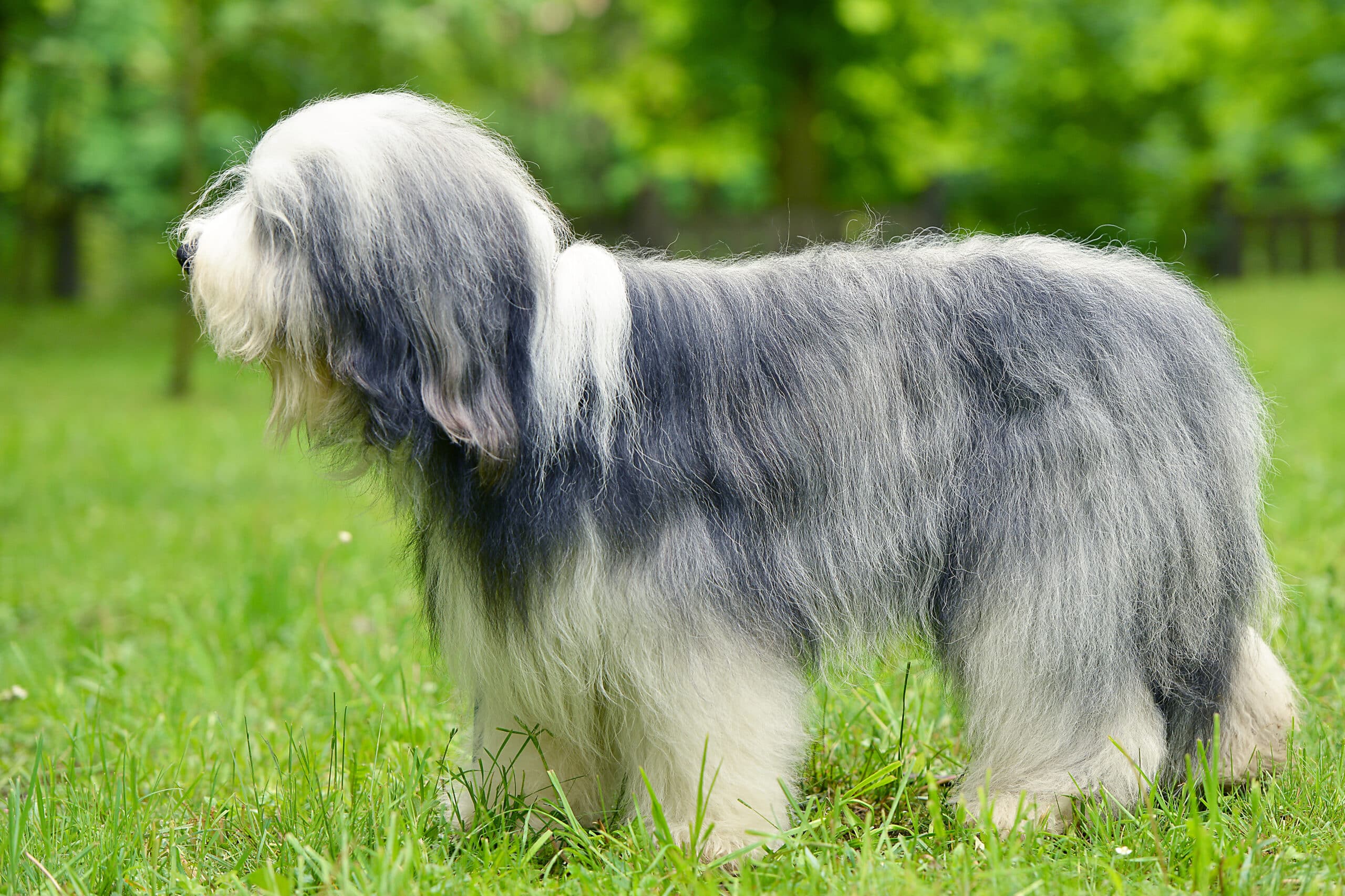
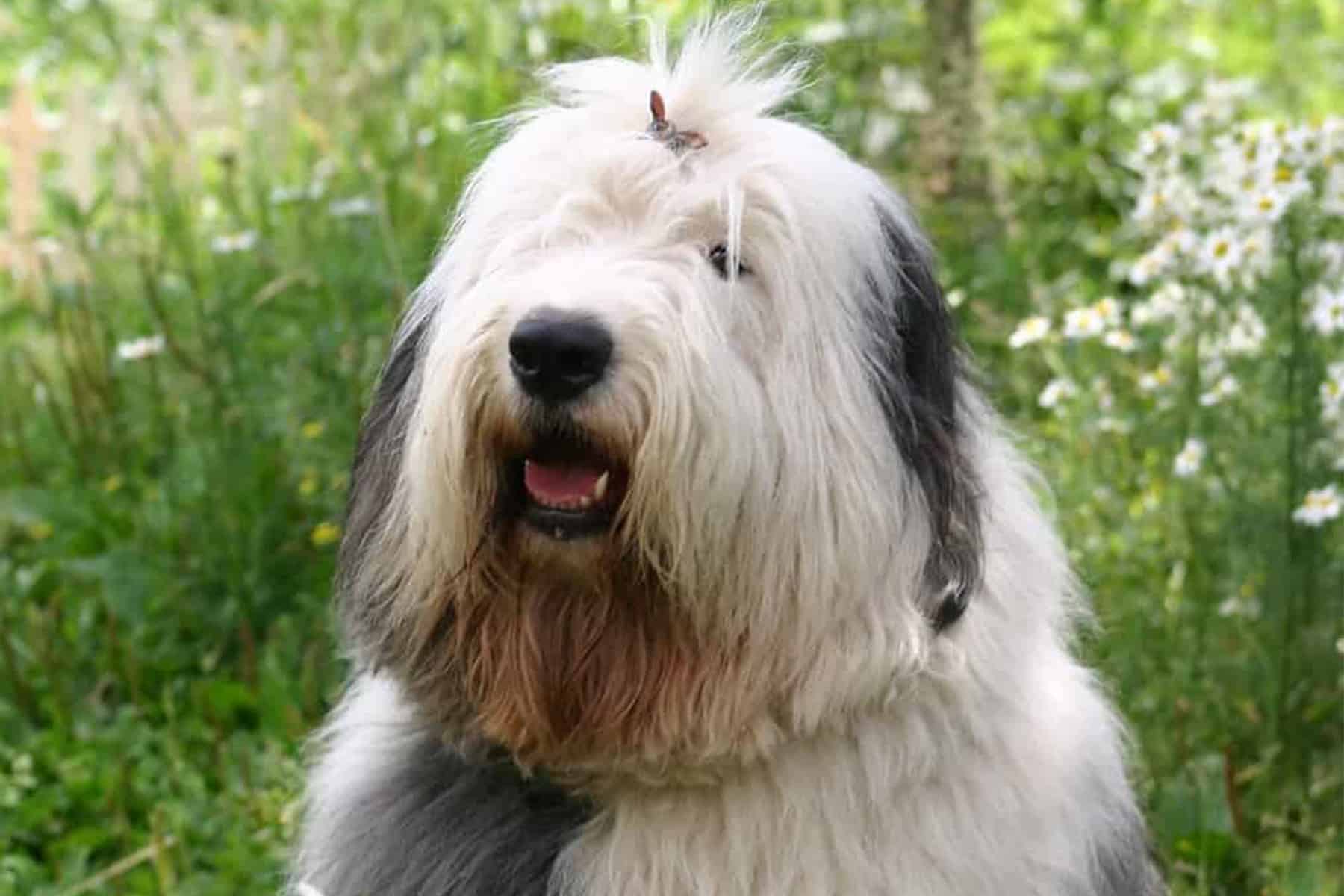
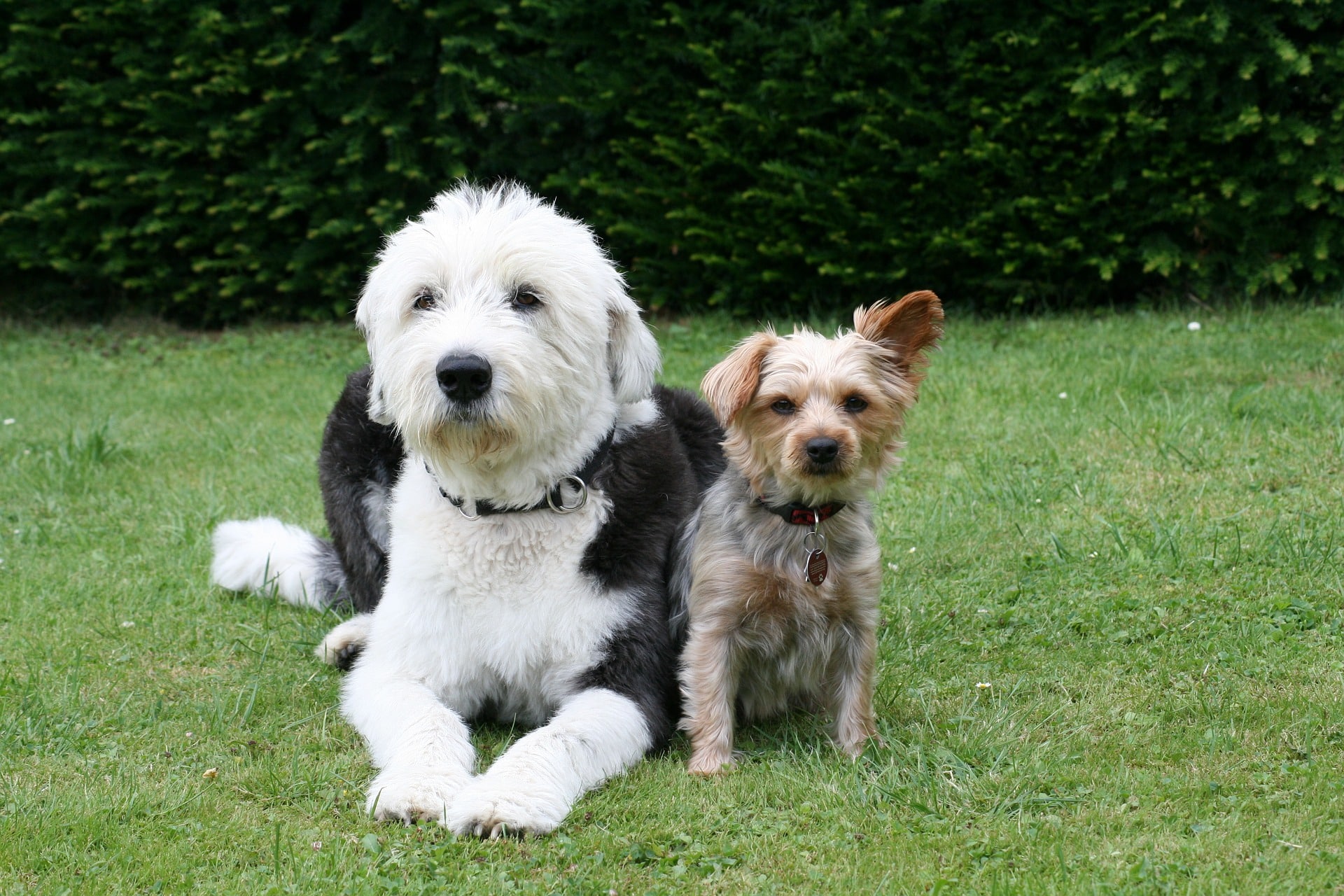
Temperament:
Its clumsy impression is deceptive. The Bobtail or Old English Sheepdog looks like a lazy, shaggy bear. But there's a real clown inside this big, hairy guy. He wraps his humans around his finger with a lot of charm and heart. At the same time, he is a passionate guardian of "his family".
Characteristics
The Bobtail is originally a herding or sheepdog and still shows great enthusiasm for its former task. It can quickly gather its owners around it like a herd. His watchful nature does not tolerate family members separating. That is why he is also very loyal. The Bobtail is always ready to act as a protector.
As an excellent family dog, he looks after children with enthusiasm. He loves to play with them. He looks after them responsibly. A pronounced protective instinct makes him protect weaker beings. This herding dog needs a close bond with its family and needs to feel loved. He rewards his owners with his peaceful and good-natured nature.
The Bobtail's character is characterized by cheerfulness and an exuberant temperament. But it is also sensitive. It resents overly strict reprimands. Although he is self-confident, he needs a lot of attention. The bobtail is right in the thick of the action and joins in the fun.
In his time as a herding dog, he had to be fast and cover long distances. A high level of intelligence and learning ability were also prerequisites for this task. The bobtail still possesses these qualities today. It is very persistent. It has an above-average urge to move. Intelligent and eager to learn, they want to be challenged and encouraged.
He doesn't mind bad weather because he always has the right coat on. His long hair keeps him warm. The undercoat is water-repellent. This is the perfect equipment for cold or wet weather. In summer, however, he doesn't feel comfortable under his bushy coat.
Anyone who meets a bobtail for the first time will never forget it. Its lush mane is impressive. With a shoulder height of around 61 cm and more, it is one of the larger breeds. Its coat makes it appear even more massive than its impressive weight of 30 to 40 kg on average. Its body is muscular and shows great strength. The ears are small, the head is large and square.
The coat is usually gray, gray and blue in various shades. The head, chest and forelegs are white. Sometimes it also wears white socks. The long coat is hard, shaggy and uncurled.
Its trademark is the tail. Some dogs are born with a short tail. This has earned them the name bobtail or stumpy tail. Until 1998, this short tail was unfortunately often artificially induced by docking. The breed also has a particularly memorable, expressive and unmistakable voice.
Coat care:
Shedding:
Energy level:
Trainability:
Children suitable:
The right food
In principle, the Bobtail is an unproblematic eater. Precisely because it likes to eat, a little caution is required. Sweets and spicy leftovers are not healthy for any dog. You should therefore keep an eye on what he eats. This is particularly important in a family with children. They want to do something good for their pet. They should therefore know what they can and cannot eat.
Have you just brought your bobtail puppy home? Then it should be given its familiar food first. Saying goodbye to their mother, siblings and familiar surroundings causes stress. A change of food can then lead to diarrhea. You can change the food later. To do this, mix the old food with the new food for several days. The proportion of the old and new food changes a little every day.
You should definitely give your four-legged friend a high-quality puppy and young dog food. This will help prevent diseases that can develop, especially during the growth phase. Only an adult dog can be fed with normal dog food.
Treats between meals or for training are allowed. But subtract the treats from the total amount of basic food.
Health & Care
Its long coat gives it its magnificent appearance. Without careful grooming, however, it will soon look matted and unkempt. Get your puppy used to regular grooming. It is best to brush out loose hair and dirt immediately after going outside. This will prevent tangles from forming in the first place.
You should also groom his coat more intensively several times a week with a brush and comb. A bath every now and then won't do any harm. If it does become matted, a dog grooming salon can help. In summer, it is also the place to go for a close shave. A shorter coat makes it easier for your dog to cope with the summer heat.
Some owners cut the hair on their face to improve visibility. Others braid or tie a plait. Whatever you decide, the hair around the mouth, eyes and genital area must be cleaned regularly. This will prevent the coat from becoming permanently discolored.
Of course, many foreign bodies and ticks can get caught in such a dense coat. Small injuries are difficult to detect. That's why you should check your four-legged friend after every walk and take a close look. Ears and paws also need special attention.
You will certainly need some time to train your Bobtail gently but firmly. He is somewhat stubborn and tends to be dominant. It is therefore an advantage if you concentrate on his manners.
Keep your bundle of energy busy with long walks. He shows a certain talent in dog sports. Agility, flyball and obedience are all possible options. It is important that he finds an outlet for his temperament and urge to run.
Suitable accessories
Brushes and combs are standard equipment for Bobtail owners. Coat combs and brushes are recommended for long-haired dogs. The fur scissors are used to remove unwanted hair from the genitals, ears and paws. Use the de-matting rake and undercoat brush to take care of the water-repellent, oily undercoat. A mild dog shampoo rounds off the grooming process.
General dog accessories can be bought quickly. Collar, lead, bowls and basket - and your Bobtail can move in.
Which toy should it be? Your dog loves anything that's fun. If you decide to take up dog sports, you will certainly want to buy training equipment.
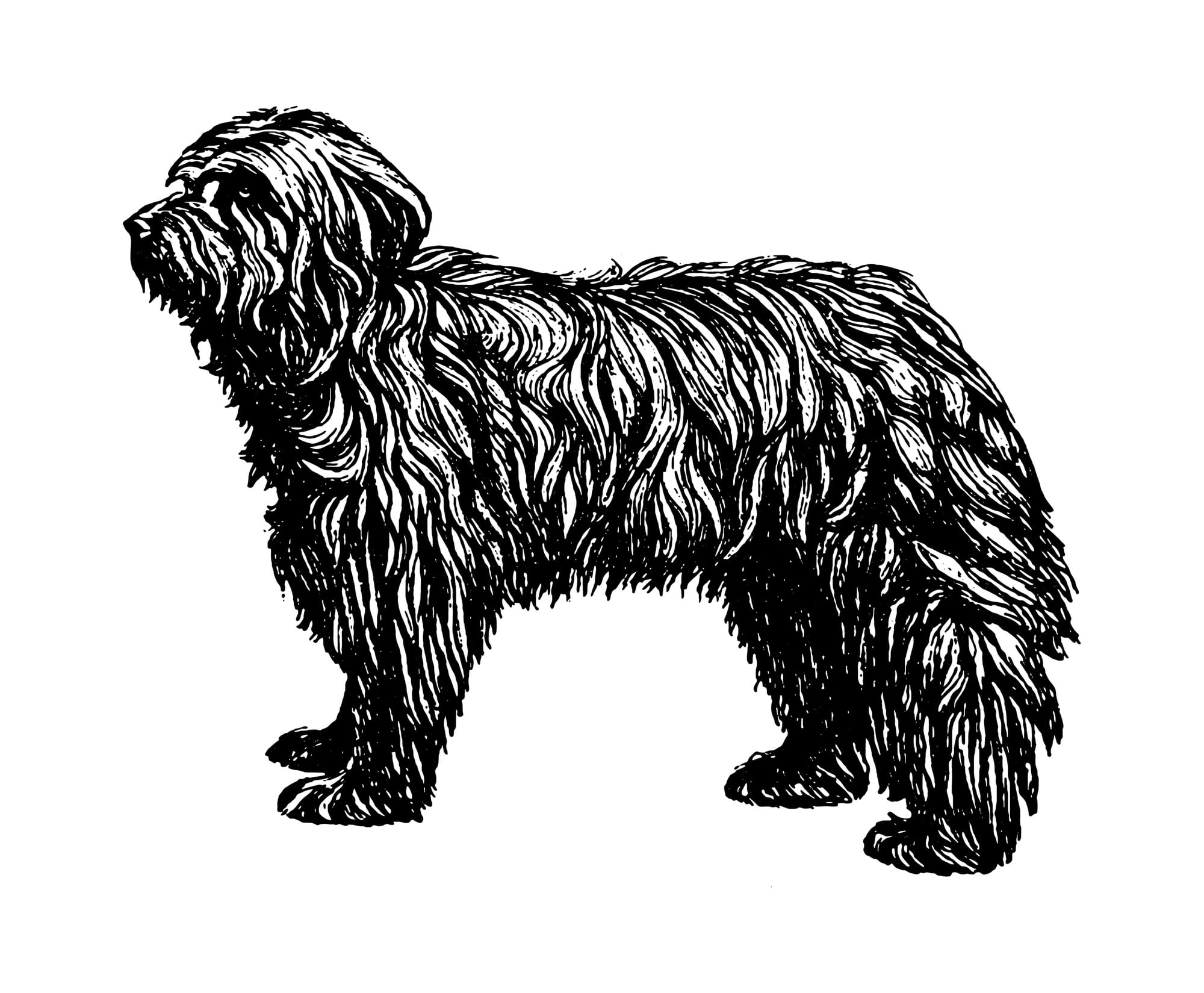
Origin & History
Where the history of the Old English Sheepdog really begins is disputed. The fact is that he is English. In its home country, it tops the list of herding dogs. Today, it is the oldest English herding dog. It first appears in written documents in the 18th century. The first paintings depicting them also date from this period.
His ancestors are probably English and German herding dogs. Russian and Hungarian shepherd dogs have also been crossed. These crosses were made at the time of the Hundred Years' War. Such a mixture is the guarantee for his extraordinary performance as a herding dog. One of his tasks was to drive the herds to market. He also had to protect them from predators and dangers.
His coat made him impervious to this work in all weathers. The tail was probably deliberately docked by the owners. Perhaps this marked the dog as a working animal and meant they had to pay less tax. It is also assumed that the missing tail was intended to prevent the bobtail from hunting small animals.
In 1890, the Kennel Club recognized the Old English Sheepdog as a breed. The FCI classifies the Bobtail under standard number 16 in the group of herding and driving dogs. It belongs to the herding dog section.
Today, the Bobtail is no longer used as a herding dog. It is mainly found as a loyal family member. They are also very popular at dog shows. Its appearance predestines it for a career in this field. However, they also work in many other areas. This includes working as a rescue dog and tracking dog.
